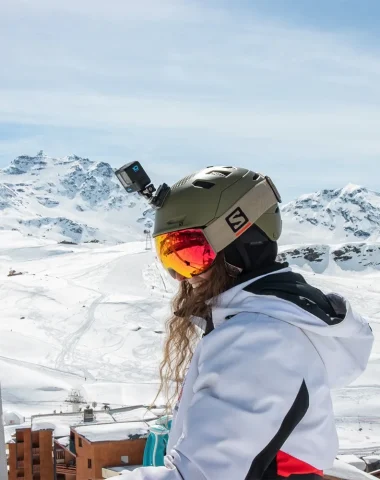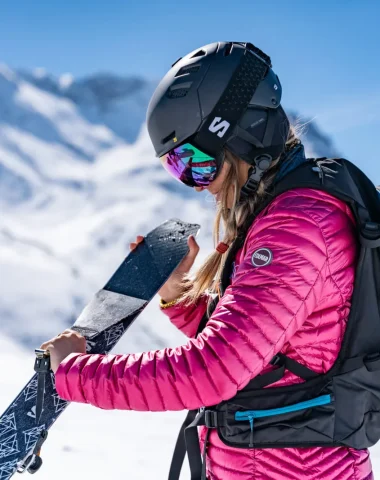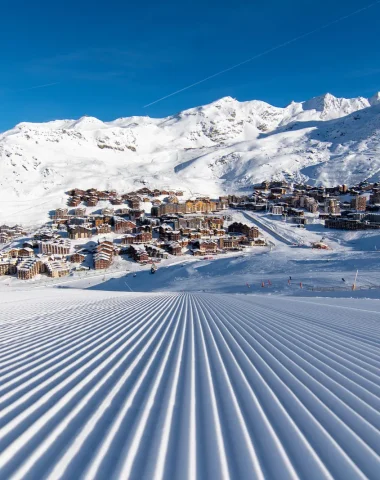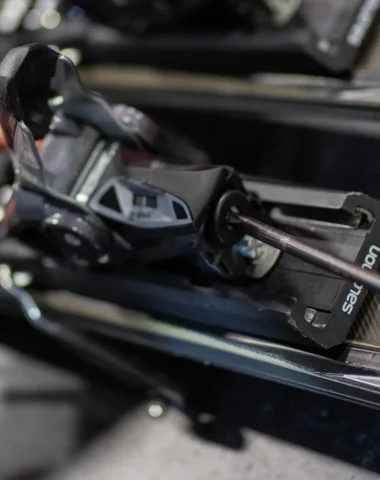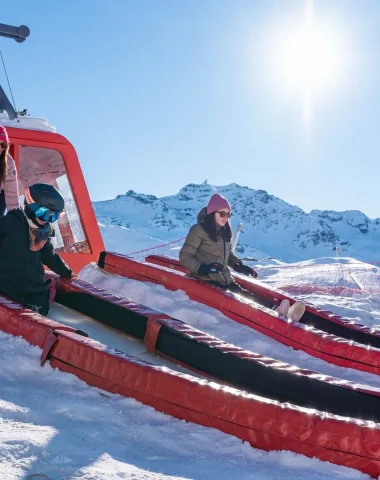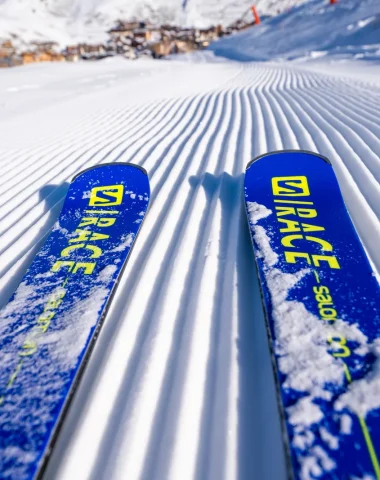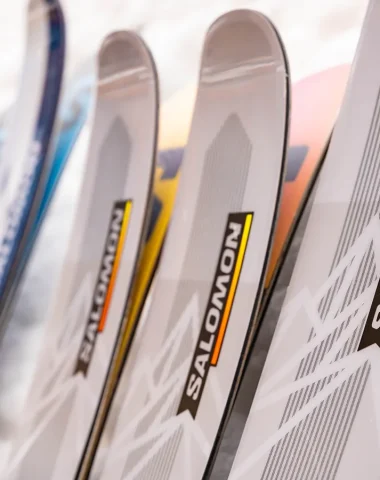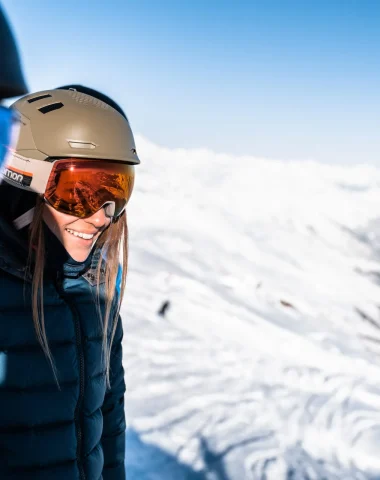Living at altitude affects our body, our skin and even our breathing, but is this also the case for the foods we consume on a daily basis?
It was during the very first oenological workshop at Alpen Art that I had the opportunity to meet Cassandre, the sommelier of this taste fair so that she could share with me all her knowledge on the subject. Young and graduated from the Tain l'Hermitage sommelier school (Drôme), Cassandre shares her pleasure of wine with her customers.
Wine in Savoie?
Once rich in vines, the mountains of Savoie no longer really have any cultivation at altitude due to wars and the industrialization of society. Today, we find the last feet resistant to 600 meters compared to 1 meters previously. Savoie is especially fortunate to have a regulated climate, which allows later maturity with harvests now taking place towards the end of September.
FYI, it is possible to find vines at an altitude of 1 meters in Switzerland!
Does wine change at altitude?
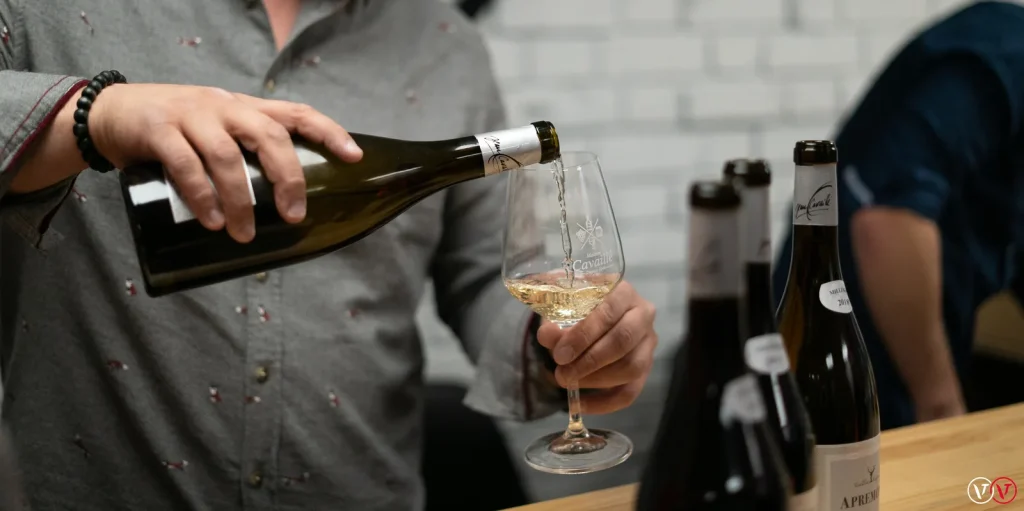
As you know, at altitude there is less oxygen and the atmospheric pressure is lower. A wine ages faster, but becomes richer and develops in both taste and intensity with more pronounced flavors and aromas.
Transporting a wine made in the valley to a station like Val Thorens (2300 meters above sea level) requires 15 days of adaptation before it can be tasted correctly.
How do I store my wine in the mountains?
The conservation of wine at altitude is very different from that carried out in the valley. Indeed, where in Lyon the humidity is measured at 70/80%, it is estimated at 10% on Val Thorens and which explains the very dry air felt.
For those who do not have a cellar and who still wish to store their wine, Cassandre advises regularly humidifying the floor of the room where the bottles are stored. A large waterfall placed near your collection will also do the trick.
Storing your bottle on the balcony of your apartment, under the pretext of letting it cool down, is of no use... Very negative temperatures are likely to make it lose all its taste.
The consequences of poorly stored wine in the high mountains are mainly felt in the condition of the cork when it becomes too dry:
It can retract, become smaller and therefore encourage dripping (when the wine escapes)
The taste of the cork can be felt in the wine
The cap may break more easily when opening
Which wines with which dishes?
It is always difficult to pair a particular dish with a particular wine. To respond to this type of problem, Cassandre follows a precise rule: a local wine with a local dish. According to her, this gastronomic pairing is always consistent and bears fruit during the meal. Mostly, what matters is the quality of the products.
Here are his recommendations for typical Savoyard dishes:
– For the more typical, a classic tartare of arctic char (freshwater lake fish) is accompanied by a Savoie dogfish (white), made from an Altesse grape variety.
– For the more traditional, a fondue will pair perfectly with an Apremont (white) and a raclette with an Apremont “Anno Domini” by Jean Noël Blard. A fruity and mineral wine with a slightly saline finish, very thirst-quenching.
– A charcuterie/cheese aperitif board will pair with the Paroxysme cuvée by Julien Viana from the baraterie cellar (Mondeuse noire pinot noir and gamay blend) 2015. The wine is refreshing, juicy and very fruity.
*Oenological workshops are organized twice a month from 19 p.m. at Alpen Art, Place Caron. Price: 18 euros. Contact Alpen Art for any registration or request for information. Contact Aurélie Rey 06 11 11 93 87.
What about the food then? At 2300 meters, to eat well, you have to eat fresh produce!
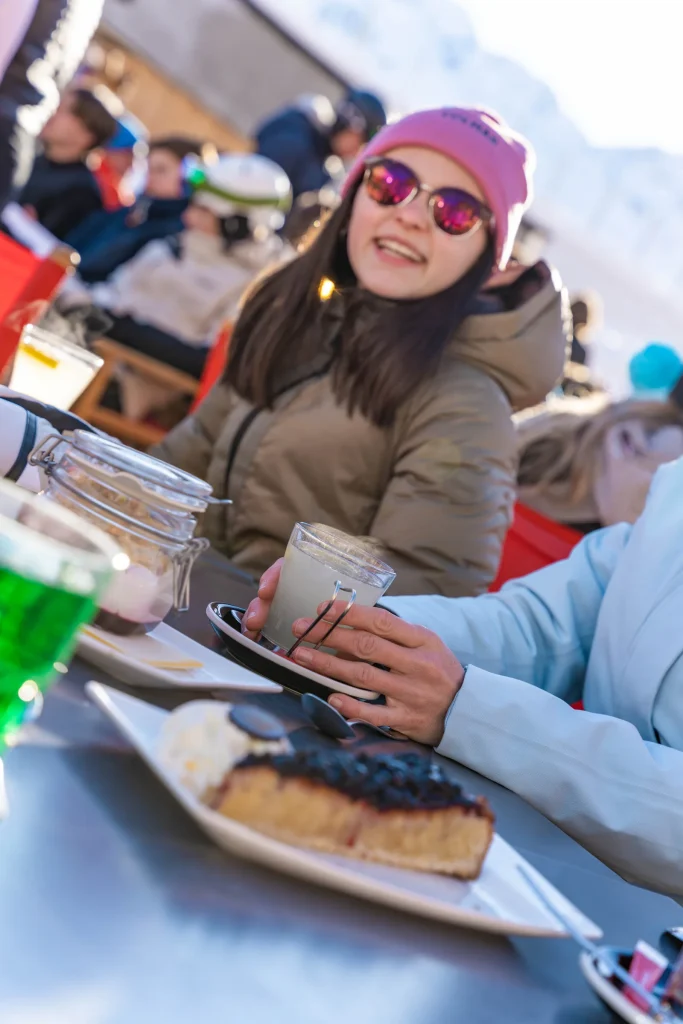
Eric Darut, chef at the Maison restaurant in Val Thorens, tells us about the constraints he encounters on a daily basis in his kitchen facing altitude.
The first is the cooking time. HAS Val Thorens the water boils at 85° compared to 100° in the plains, so this extends the preparation time so that the food is cooked. For example, Eric explains that rice takes ten minutes longer to cook at Val Thorens. Making a risotto then takes much longer. The chef must constantly play with temperatures by increasing or reducing degrees.
Second constraint: dry air! After attempting to make brioches, the chefs realized that the design was too complicated because they dried far too quickly in the dry mountain air. Real ones stifles-christians in itself! This problem directly influences the choice of the dessert menu available.
Thus, at altitude, the time limit for consumption of finished products is always linked to dry air. With very rapid fermentation, cooked dishes must be consumed almost immediately in order not to spoil them and this mainly concerns desserts which dry much more quickly. A good excuse for those with a sweet tooth!
The pizza dough recipe also undergoes some changes due to altitude. Éric thins his dough by adding less yeast than expected, the dough then rises less quickly but also dries less quickly. The freshness of the pasta is essential to prevent it from crusting immediately.
In terms of additional constraints, the supply of fresh products is often problematic, mainly because of the road but also the weather. Thus, the Maison restaurant receives its meats once a week. There is then a lot of organizational work on the reserves of provisions and foodstuffs.
Finally, the Panoramic Caron, based at 3 meters at the top of Cime Caron, cannot do any cooking at such an altitude and supplying it is a rather delicate task because it is completely dependent on the weather and the opening of the cable car!
It is now certain that the altitude plays tricks on us in every way, but the pleasure of the mountains is well worth some effort.
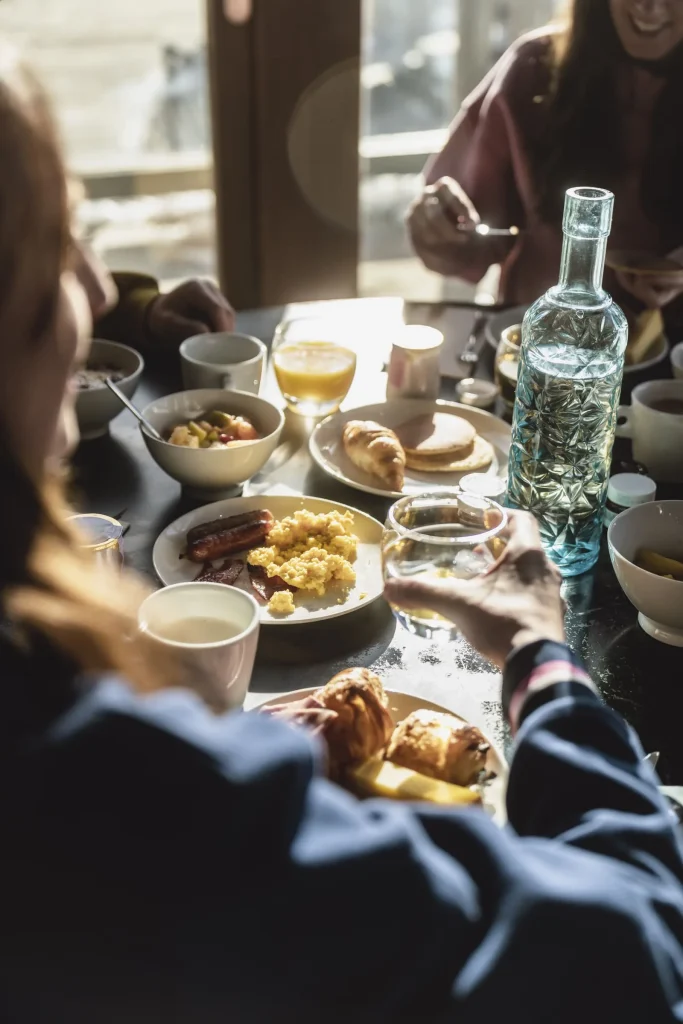
Themes



